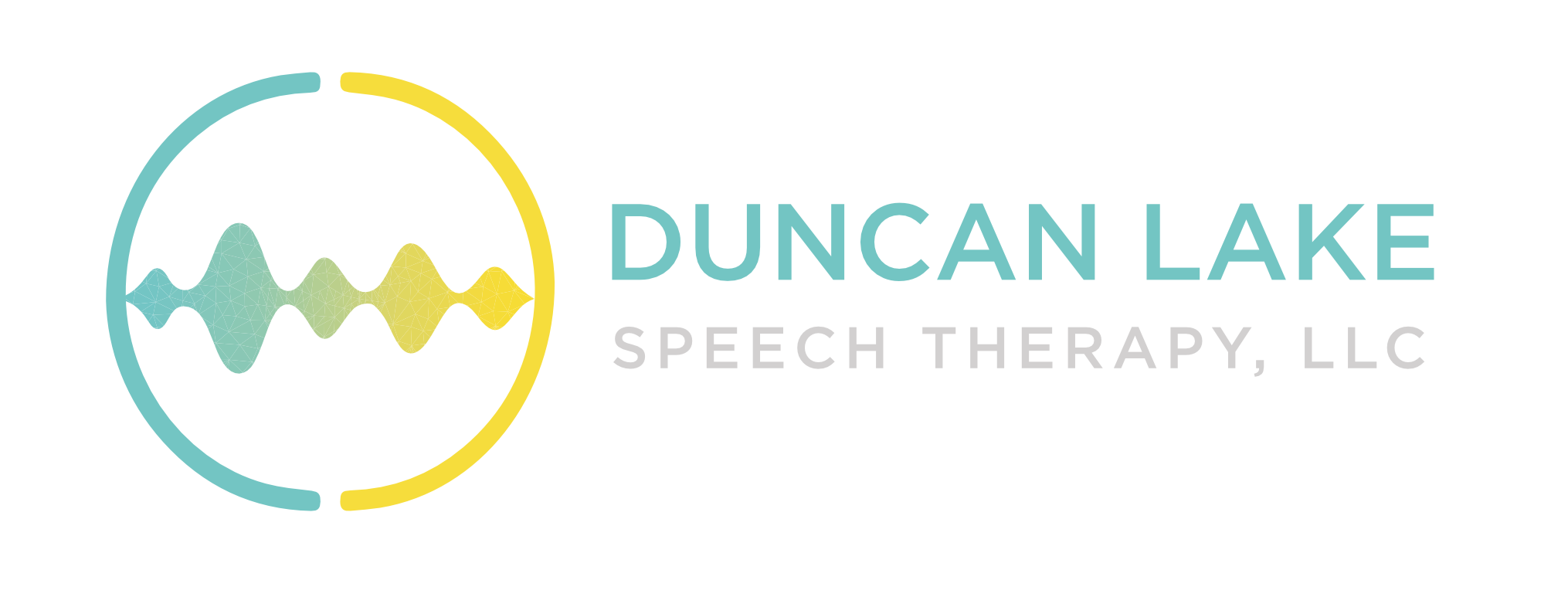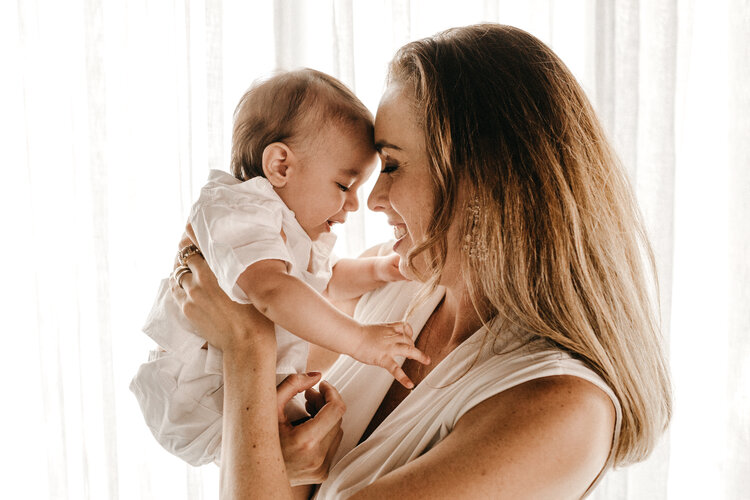“Babies” on Netflix has taken over my entire life. People have been ragging on this completely fascinating docuseries, commenting that there aren’t enough babies and there’s way too much science. Well, yes, this is somewhat true, for nerds like me who love child development, this really hit the spot!
On Episode 4, First Words, a scientist by the name of Kathy Hirsh-Pasek was interviewed about some research she conducted dealing with baby language development, especially as it pertains to how babies break down words and sentences (the “blinking light” segment). FASCINATING. I then went down a Kathy Hirsh-Pasek rabbit-hole and started reading some of her recent research articles and came across “(Baby) Talk To Me: The Social Context of Infant-Directed Speech and Its Effects on Early Language Acquisition,” published in 2015. This research article does a deep-dive into adult speech that is directed at infants and how it impacts baby language development.
“Tell me more!” you say?
Title: (Baby) Talk To Me: The Social Context of Infant-Directed Speech and Its Effects on Early Language Acquisition by Roberta Michnick Golinkoff, Dilara Deniz Can, Melanie Soderstrom, and Kathy Hirsh-Pasek.
What’s the purpose?: This is a meta-analysis, which essentially takes a lot of research and draws conclusions from it. I love me a meta-analysis! The researchers wanted to look at the body of research conducted on “infant-directed speech” (IDS from here on out), or speech that adults use when talking to infants, to see what the impact of these interaction is on baby language development.
Participants: Too many to name. Because this is a meta-analysis, they took data from a lot of different studies.
What’d they do?: See above.
Results: So many. So, so many. Let me point out some highlights:
-
We know that babies who aren’t exposed to a lot of language have smaller vocabularies by age 3.
-
Before babies can learn language, they have to pay attention to what is being said. IDS is way more enjoyable for babies, so they pay attention more when they hear it (high pitch, exaggerated facial expressions, happy talk). More IDS = babies pay more attention = they learn more language!
-
IDS can also help babies learn their vowels, consonants, and sentence structure because of how exaggerated it is.
-
Parent-baby interactions are extremely important for social language development. For example, increased parent response to baby’s language (i.e. talking back to your baby when they babble to you) showed an increase of speech-like sounds in response from the baby. This is why babies don’t learn language from sitting in front of a TV only. They need the back-and-forth of conversation, even if it’s simple. Overall, SOCIAL INTERACTION IS SO IMPORTANT TO BABY LANGUAGE DEVELOPMENT.
-
The way in which IDS is delivered is received differently by a child depending on their age/development. In other words, cues in IDS for infants (like a 1 month old) are received and interpreted differently by the infant relative to, say, a 3 year old.
What does this mean?: Overall, talking to your baby is SUPER important. As the authors tell us, “research suggests that parents who engage in IDS promote their children’s learning of language.”
It might seem a little silly to have one-sided conversations or to make small talk with a babbling human, but the time and effort investment pays off in the end. Plus, if baby language scientist extraordinaire Kathy Hirsh-Pasek says this is true, I’m going with it! #mynewqueen
Not sure how to do to go about having a conversation with a baby? Take a look at this video! Warning: It’s a little cheesy, but it’s great information.


Recent Comments